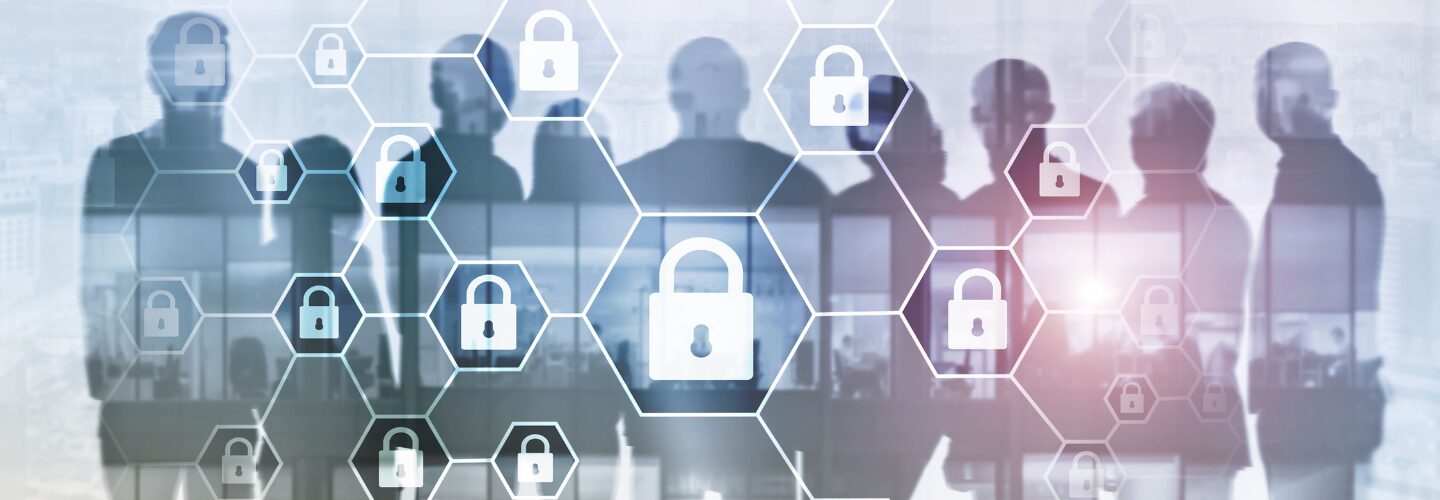What Exactly Is NIST?
Regardless of your organization’s industry or size, you must have heard of the word ‘NIST’ one way or the other. So what exactly is it, and how does it apply to your enterprise?
For starters, it’s commonly used when referring to technology, and particularly on cybersecurity issues. Like most concepts in these two fields, NIST is sophisticated and simple at the same time. It’s sophisticated because you need a substantial amount of background knowledge to have a clear understanding of what it means.
Once you have this subject-matter expertise, NIST becomes a straightforward concept that’s very easy to grasp.
What Exactly Is NIST?
The acronym stands for the National Institute of Standards and Technology, a federal agency within the U.S. Department of Commerce. It was founded by Congress back in 1901 to sustain and promote healthy competition in Science and Technology across the U.S. NIST was equally tasked with overseeing the harnessing of science and technology to safeguard our economic security and improve the quality of life for the U.S. citizen.
How Is NIST Related To Cybersecurity?
NIST is a vast concept; however, it has recently been synonymous with regulating the creation, use, and dissemination of technology.
With computers and the internet becoming so ubiquitous, it has become necessary for the government to control their use and establish standardized best practices. NIST is the authoritative body mandated with creating and disseminating these standards.
An excerpt from the NIST website reads, “Congress has given NIST responsibility to disseminate consistent, clear, concise, and actionable resources to small businesses.” Based on the agency’s recent activity, this applies to organizations of all sizes.
So, what does NIST have to do with cybersecurity? Through the creation of NIST 800-171, the agency was given authority over the control of unclassified government information handled or stored by non-governmental entities. Since then, it’s mandatory for any organization working directly or indirectly with the federal government to be NIST 800-171 compliant. Even if you aren’t working with the government, it’s essential to know NIST basics.
How Can Your Business Stay NIST Compliant?
First of all, you must understand what “controlled unclassified information” is. CUI refers to credentials that are unclassified but still hold relevance to the federal government. For instance, technical drawings of government projects; they are not essentially “classified ” but must be kept away from the wrong hands.
Once you have known which information is CUI and their locations, you proceed to classify them. Next, you must limit access privileges to the CUI and encrypt them. The next step is to deploy a reliable monitoring system that gives you visibility into all CUI access attempts. It should also record all access logins and logon activities, i.e., what the user did with the information. You must then have a training system to teach your staff all of this information and ways to curtail the risks related to CUI access across the board. And the list goes on and on.
Can You Manage NIST Compliance Internally?
We are not going to tell you that it’s not possible. You can, but it’s much more challenging and prone to error and omissions. Like we said earlier, the concept is sophisticated if you don’t have background knowledge. When you outsource help from a reliable service provider like Rea & Associates, you get access to our deep bench of experts with vast experience in this field.
For any queries or help to stay compliant with NIST 800-171, Schedule a Chat or call us directly at (330) 236-1011.




